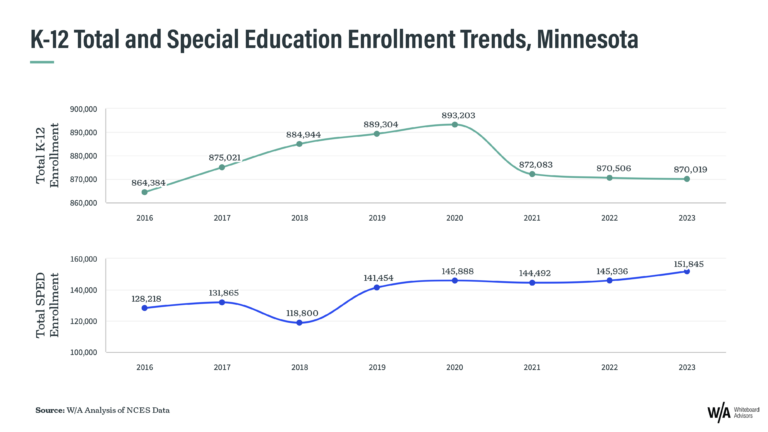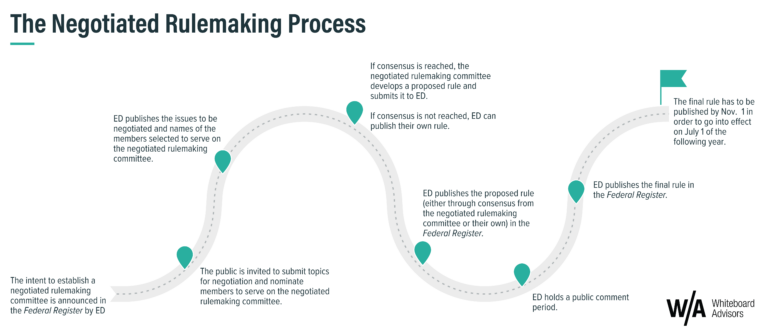Nearly 30% of U.S. K-12 students were chronically absent in the 2021-22 academic year, a major rise from pre-pandemic times, according to a review of federal data issued by the Attendance Works initiative and the Everyone Graduates Center at Johns Hopkins University.
Historical comparison: In 2017-18, only a quarter (25%) of all enrolled students were in schools with such high absenteeism. Elementary schools have been especially affected, with the percentage facing extreme chronic absence jumping from 7% to 38%.
Behind the numbers: COVID-19 outbreaks and quarantine protocols, coupled with challenges like untreated health needs, transportation issues, increased family and work responsibilities for high schoolers, and the trauma from pandemic-related losses have aggravated the root causes of absenteeism.
Why it matters: High absenteeism levels have been linked to significant declines in student achievement, undermining pandemic recovery efforts.
Nearly 75% of district leaders see a connection between access to transportation and chronic absenteeism, according to HopSkipDrive’s 2023 State of School Transportation report. The report also indicated that transportation issues disproportionately affect more vulnerable students. When asked which student groups experience higher rates of absenteeism due to transportation issues, the top three responses were students experiencing homelessness (69%), students with special needs (46%), and low-income students (62%).
“Chronic absenteeism isn’t just a numbers game; it’s a clear sign of educational inequities and disengagement. The path forward requires a compassionate, holistic approach that treats families as partners in their children’s education. Educators play a critical role in this approach, serving not just as instructors, but as relationship-builders who can help foster an environment that is safe and effective for learning,” said Joanna Smith-Griffin, the CEO and Founder of AllHere – a company that combines conversational AI, behavioral science, and interactive nudges to foster attendance and engagement in K-12 education.
The bottom line: Overcoming this attendance crisis is not a short-term task. Long-term, strategic investments are needed to reconnect and re-engage students and families in school. As the data shows, the importance of regular school attendance cannot be overstated, and it will require an all-hands-on-deck approach to ensure academic success and student well-being.




